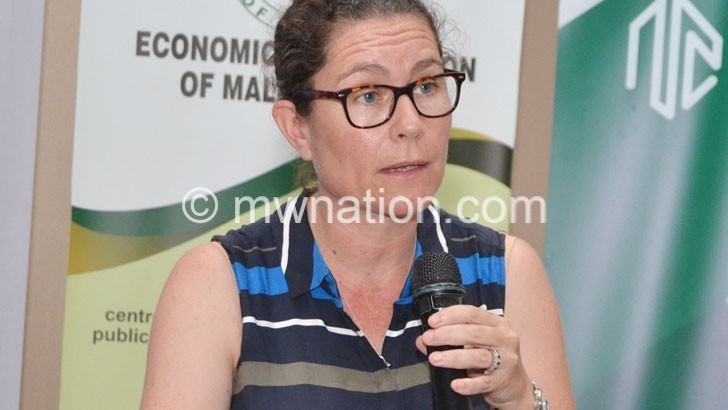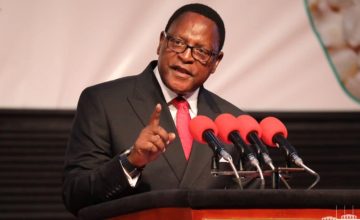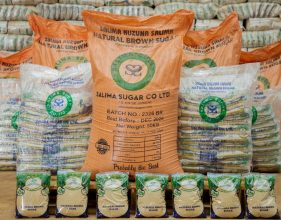Malawi under-exploiting growth potential—DfID
Britain’s Department for International Development (DfID) says Malawi has potential to achieve rapid economic growth, but the country is currently under-achieving such potential.
DfID deputy head of Malawi Office Anthea Kerr said this on Friday when she outlined DfID’s perspective on potential pathways that could help Malawi grow her economy and create jobs at the 2019 Lakeshore Annual Conference of the Economics Association of Malawi (Ecama).
She lamented that despite peace, relative political stability and decades of development efforts by government and development partners, Malawi remains one of the poorest countries in the world.

pace with population growth
Kerr said Malawi’s proximity to large regional markets such as South Africa and significant populations around its borders with Mozambique, Zambia and Tanzania have not been fully exploited.
Rapid population growth, she said, is straining Malawi’s public services and also natural resources, particularly forests which are being cleared at a pace for agricultural use and for charcoal.
Kerr informed delegates that Malawi has lost nearly 20 percent forest cover since 1990 and that the country has the lowest hectarage of forest cover per capita among neighbouring countries, at around 33 percent in 2015.
She said: “Growth in agricultural land cannot keep pace with population growth. The average farm plot sizes continue to fall with the poor only holding median plot size at just 0.238 hectares per capita compared to the non-poor who hold 0.43 hectares per capita, a situation which population growth will worsen.”
Kerr told participants that on average, drought and floods are reducing Malawi’s total gross domestic product (GDP) by about 1.7 percent per year.
But she said that despite several environmental challenges, the country’s climate is conducive to growing a range of high value commodities such as macadamia, berries, chilies and avocados.
On solutions to the social and economic challenges, Kerr advised Malawi to kick-start the economy to trigger growth and create jobs outside subsistence farming while also boosting human capital so that young people fulfill their potential.
She also explained that Malawi is under-utilising the Nacala Corridor which she said offers a cheaper cost of transport than the traditional routes of Beira in Mozambique and Durban in South Africa. She said transport costs to Nacala by rail are well under half the cost of road.
Speaking earlier at the same conference, Reserve Bank of Malawi (RBM) Governor Dalitso Kabambe said Malawi’s economy continues to demonstrate resilience from climate change and weather-related shocks, a track record from 2002, despite being hit by Cyclone Idai early this year.
He said: “The narrative going forward though is that we should progress from simply stability and resilience to strong growth which will create more wealth at household and national levels, create more jobs for all those entering the job market every year and providing well-being and opportunities for all Malawians in this country.”
During the conference, it was revealed that Malawi’s annual population growth rate of 2.9 percent is against an average economic growth rate of 4.4 percent for the past 55 years.





